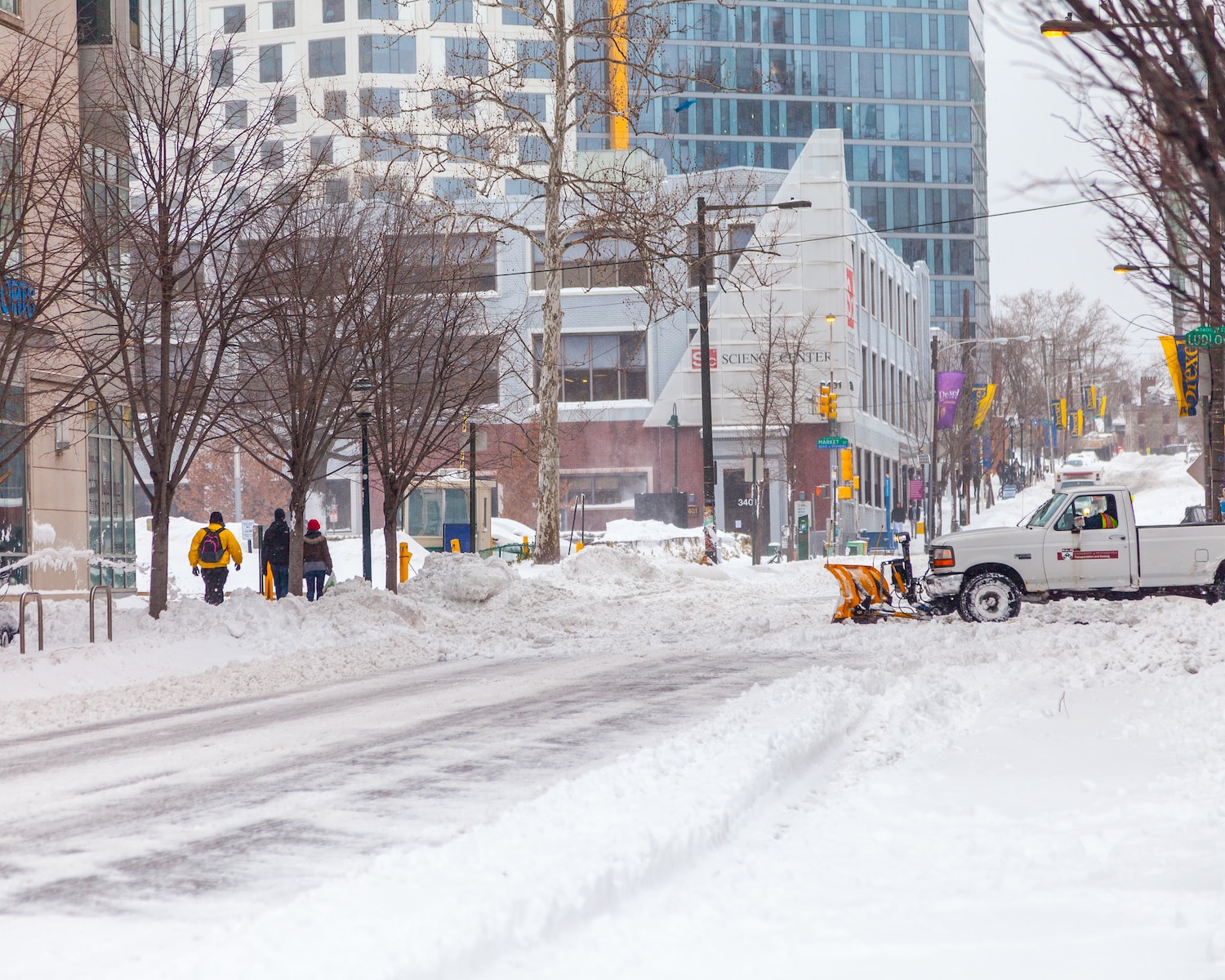Unpredictable Path of a Major Winter Weather System
A significant winter weather system is on the horizon, poised to affect the East Coast of the United States this weekend. The weather pattern, spanning from the southern Appalachians to the Northeast, is anticipated to bring a blend of snow and freezing rain. However, precise details regarding the affected regions and the extent of precipitation remain uncertain at this juncture.
Forecast Insights from Meteorologists
Meteorologist Tony Fracasso from the National Weather Service’s Weather Prediction Center in College Park, Maryland, conveyed that the storm’s trajectory is expected to become clearer as it progresses through Colorado and New Mexico on Thursday. Subsequently, it will traverse Texas and the Southeast before advancing up the East Coast.
Fracasso emphasized, “It’s still a few days away, so we’ll have to hash out the storm track — where the precipitation falls, and how long the cold air can stay.”
Snow Shortfall in Familiar Winter Cities
Cities renowned for their wintery landscapes, including Boston, Washington, D.C., and Philadelphia, experienced meager snowfall last year due to insufficient cold air.
The National Weather Service in New York City highlighted a low likelihood of snow and sleet in the city over the weekend, with substantial snowfall projected in areas to the west and north.
Last year, New York City registered its “least snowiness” year, recording a mere 2.3 inches (6 centimeters) measured in Central Park.
Impact of Climate Change on Winter Storms
Chris Stachelski, regional program manager for climate services and observations at the National Weather Service, attributed the Eastern U.S.’s snowfall decline to multiple factors. Elevated temperatures hindered precipitation from falling as snow, with certain storms carrying warm air from the south, resulting in rain instead.
Stachelski highlighted the influence of El Niño, impeding the incursion of cold air into the region, which is vital for precipitation to manifest as snow.
Records Broken Amidst Snowfall Drought
The snow scarcity across the Eastern U.S. has shattered records. Cities like Philadelphia, New York City, and Baltimore experienced prolonged periods with less than an inch of snow, breaking prior records that stood for decades.
Pedro DiNezio, associate professor of oceanic and atmospheric science at the University of Colorado Boulder, underscored how climate models predicted reduced snowfall frequency and an increased tendency for storms to bring rain rather than snow in the U.S. Northeast. The warmer atmosphere’s enhanced moisture-holding capacity could lead to intensified snowfall during colder temperatures.
DiNezio further commented on the unpredictable climate patterns, suggesting that evident deviations from established atmospheric relationships indicate a noticeable shift in weather and climate conditions.





